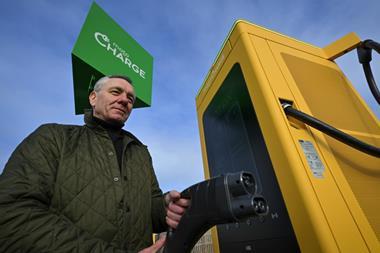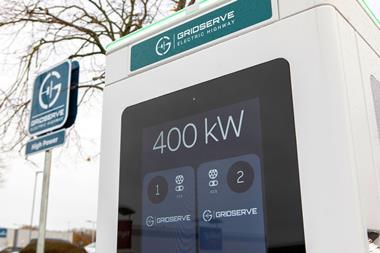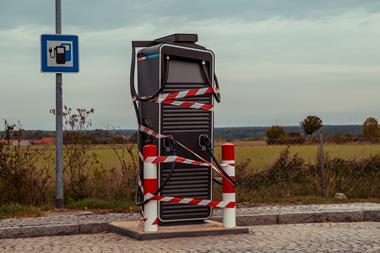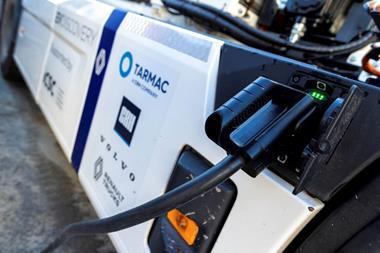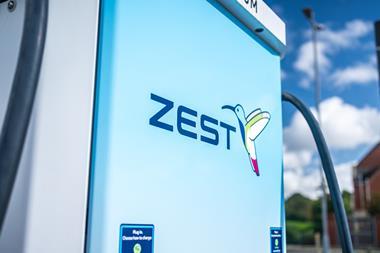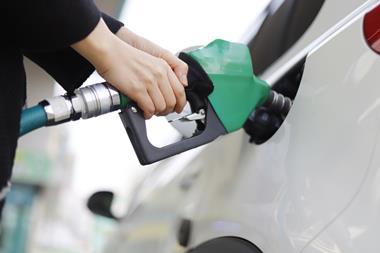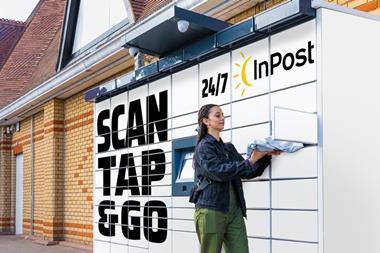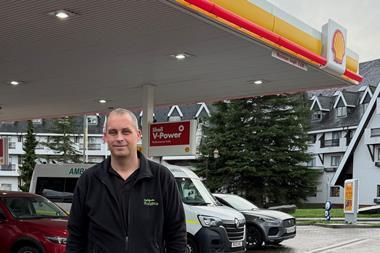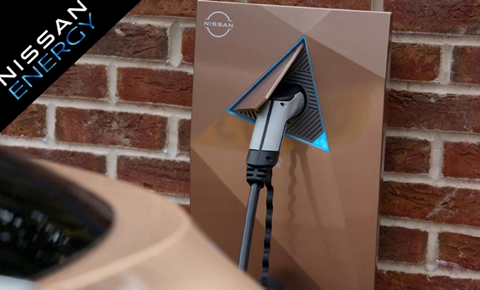
Nissan has announced that it will launch affordable on-board bi-directional charging on selected EVs from 2026.
The Vehicle to Grid (V2G) technology, which allows EV owners to use electricity stored in their car’s battery to power their homes, or sell it back into the grid, will launch in the UK initially, followed by other markets in Europe.
The project is underpinned by Nissan’s extensive experience in V2G, with around 40 pilot projects conducted worldwide throughout the past decade.
Following a successful year-long project at The University of Nottingham, Nissan has become the first car company to gain G99 Grid code certification with an AC-based solution, needed to supply electricity into the UK national energy supply.
Under the banner of Nissan Energy, the company’s aim is to roll-out V2G technology across markets in Europe and beyond, empowering consumers with either AC or DC-based V2G solutions, in alignment with local infrastructure and regulatory requirements.
By using Nissan’s on-board bi-directional V2G technology, the company says customers can cut the annual cost of powering an EV by 50%. The same technology can also reduce net CO2 emissions from charging by 30% per year, per EV, for the average UK household.
Nissan says EVs equipped with V2G technology can play a crucial role in integrating and increasing the mix of renewables into the energy supply, by storing electricity generated by wind or solar, and directing it back into the grid when needed, reducing dependency on fossil fuels.
As one of the bi-directional systems Nissan plans to offer, this AC-bidirectional system certified in the UK will leverage an integrated on-board charger to deliver a lower cost of entry, allowing the technology to be accessible to more people. Nissan aims to offer its AC bi-directional charger at a price comparable to a mono-directional charger available today.
As well as lowering the cost of entry, Nissan’s V2G system will give customers complete control and flexibility over their energy via a dedicated app.
Hugues Desmarchelier, Nissan vice president, global electrification ecosystem and EV programs, says: “The technology we are bringing to customers is a potential game-changer for how we view the car. Not just as a means of getting from A to B, but as a mobile energy storage unit, capable of saving people money, supporting the transition of our energy systems away from fossil fuels and bringing us closer to a carbon-free future.”
The V2G UK trial has been partly funded by the UK government’s Advanced Propulsion Centre UK (APC), a body established to support and accelerate the automotive industry’s transition towards net zero.
APC chief executive, Ian Constance, says: “This is a significant milestone for the collaborative research and development project, led by Nissan Technical Centre Europe and supported by the Department for Business and Trade through the APC. Investing in pioneering vehicle-to-grid technology and R&D in the UK is part of a system-level approach to decarbonisation.”
During the trial, Nissan worked with several partners including Dreev and Enovates.
Dreev, a joint venture between EDF and NUVVE, was responsible for data collection, customer profiling and setting the charging and discharging plan by analysing information from the wall box.
Enovates, a Belgian-based mobility technology company, developed the wall box, or Electric Vehicle Supply Equipment (EVSE), including set-up and test certification.
The wall box acts as the system hub, sending and receiving information on energy demand and supply from the Dreev cloud, and directing the car to charge or discharge electricity at a set amount to the home or grid.
The University of Nottingham was also pivotal in the trial, providing a base of operations at its on-campus Creative Energy Homes and supporting academic research.
Nissan is continuing to work with these, and other partners, to achieve the necessary grid certification in other markets, develop a seamless user experience and expand the technology availability to more customers.





















